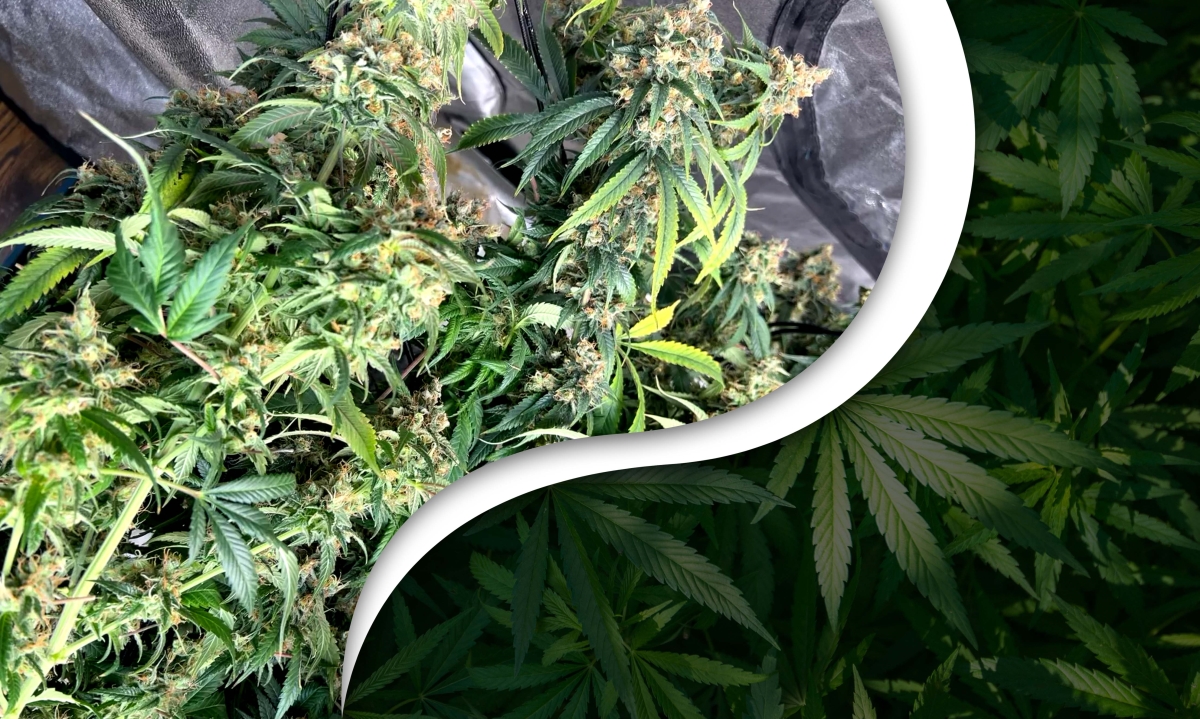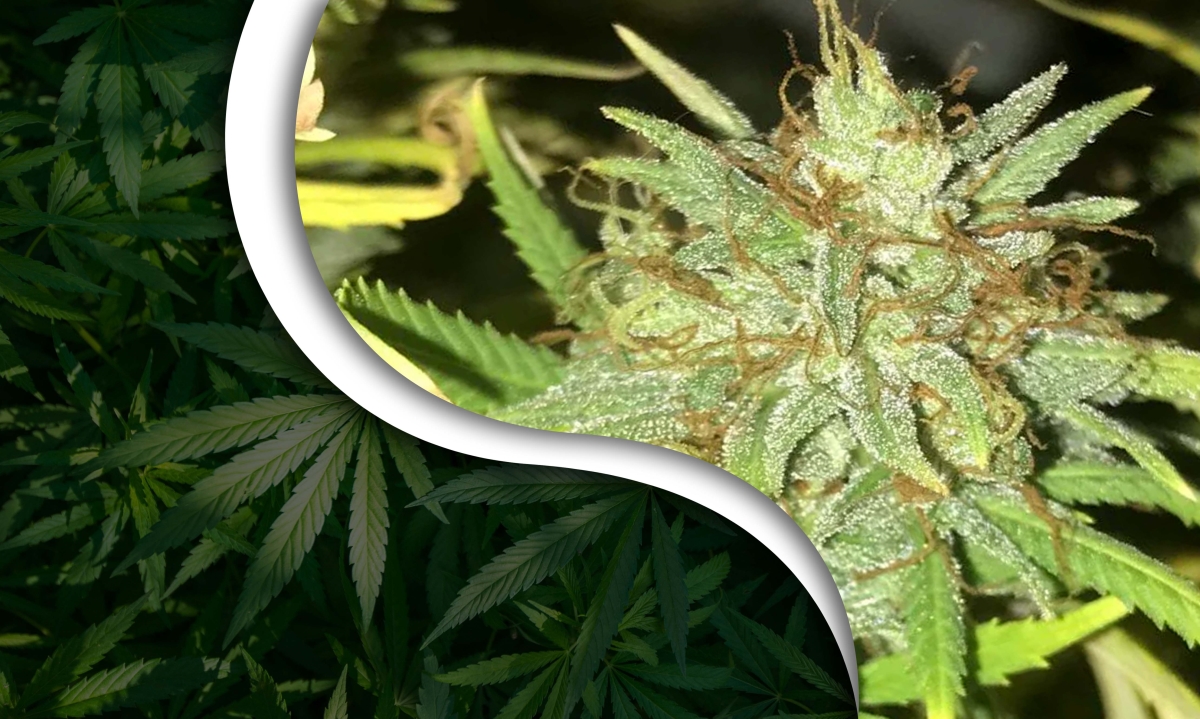Mexican brick weed, also called “brick weed,” is a type of cannabis that originates from Mexico. Its name derives from the way it is packaged and transported, typically compressed into tightly packed bricks or blocks for ease of handling and transportation. These bricks of weed are characterized by their dense, compact structure and uniform appearance, often ranging in color from dark green to brown.
Table of Contents
Mexican Brick Weed – Origins
Pros & Cons – Is Mexican Brick Weed Good?
Pros
Cons
How Mexican Brick Weed Is Made
Is Brick Weed Worth It?
Conclusion
FAQs
Mexican Brick Weed – Origins
The history of Mexican brick weed is extensive and goes back many years. It is mostly grown in rural areas of Mexico, where it is allowed to thrive because of a climate conducive to large-scale cultivation and lax enforcement of drug regulations. Plants are typically cultivated using outdoor cultivating techniques in fields or discreet areas to avoid being detected.
Mexican marijuana production began to spread throughout Mexico in the 1960s and 1970s, which is when Mexican brick weed first appeared. Mexican farmers responded to the growing demand from users north of the border by cultivating large quantities of cannabis in response to demand from the United States, especially during the counterculture movement. However, because the cultivation techniques used were frequently crude, the marijuana produced was below-average grade.
Pros & Cons – Is Mexican Brick Weed Good?
Pros
1. Affordability: One of the most significant advantages of Mexican brick weed is its affordability. Due to its mass-produced nature and lower quality compared to premium strains, it’s often available at a fraction of the cost.
2. Availability: Mexican brick weed has historically been readily available in many parts of the world, making it a convenient option for consumers who may not have access to high-quality, locally-grown cannabis.
3. Nostalgia: For some cannabis enthusiasts, Mexican brick weed holds a nostalgic appeal, reminiscent of a bygone era when it was more prevalent in the market.
Cons
1. Low Potency: One of the most significant drawbacks of Mexican brick of weed is its typically low potency. The lack of proper cultivation practices often results in lower levels of cannabinoids, including THC, leading to a less potent high.
2. Harshness: The compressed weed process used to create brick weed can result in a harsh smoking experience. Additionally, the presence of impurities and contaminants may further exacerbate throat irritation and coughing.
3. Inconsistent Quality: Quality control is often lacking in the production of Mexican brick weed, leading to inconsistencies in flavor, potency, and overall smoking experience.
How Mexican Brick Weed Is Made
The production process of Mexican brick weed is characterized by its simplicity and efficiency. While traditional cultivation methods are still prevalent, advancements in technology and techniques have also influenced its production.
Cultivation
Mexican brick weed is typically cultivated outdoors due to the favorable climate and lower production costs. Large-scale cultivation operations are common, with growers utilizing both traditional and modern techniques.
Harvesting
Once the cannabis plants reach maturity, they are harvested by hand or with machinery, depending on the scale of the operation. The plants are then trimmed to remove excess foliage before further processing.
Drying and Curing
After harvesting, the cannabis buds undergo a drying and curing process to remove moisture and enhance flavor and potency. This step is crucial in ensuring the quality of the final product.
Compression
One distinguishing characteristic of Mexican brick weed is its compressed form. After drying and curing, the cannabis buds are tightly packed into bricks or blocks for transportation and distribution. This compression helps maximize storage space and minimize transportation costs.
Packaging and Distribution
Once compressed, the bricks of Mexican weed are often wrapped in plastic or other materials to maintain their shape and integrity during transit. They are then distributed to local markets or exported to other regions.
Is Brick Weed Worth It?
Ultimately, the question of whether brick weed is worth it depends on individual preferences and priorities. While some may prioritize affordability and accessibility, others prioritize quality, potency, and safety. With the proliferation of legal cannabis markets offering a diverse array of high-quality products, consumers now have more choices than ever before. As such, the appeal of brick weed continues to diminish in favor of superior alternatives.
Conclusion
Brick weed gained popularity during the 1970s and 1980s, primarily due to its mass production and distribution. Originating from countries like Mexico and Colombia, this form of cannabis was often compressed into bricks for easy transportation, leading to its widespread availability in the United States and beyond. Its affordability compared to other varieties made it attractive to budget-conscious consumers, contributing to its prevalence in the market.
Mexican brick marijuana, which combines innovation, tradition, and hardship, is still an intriguing but contentious part of the cannabis culture. Even though legalization and advancements in cultivation methods may cause its presence to decrease, its history lives on as a tribute to the determination and creativity of those involved in its production and distribution. Given the ongoing shifts in public perception of cannabis, knowing the subtle differences between Mexican brick weed and the larger forces influencing the global cannabis market is important.
FAQs
1. What is Mexican brick weed called?
Answer: Pressed cannabis, also referred to as marijuana prensada or cannabis prensado, commonly known as brick weed or ladrillo, and colloquially called paragua or paraguayo, is cannabis that has been compacted into blocks to facilitate transportation.
2. Is brick weed still available?
Answer: The compression of cannabis into bricks significantly facilitated its transportation, making brick weed the predominant choice among consumers before the rise of home cultivation in the 1970s and 1980s. Presently, brick weed continues to be distributed widely across South and Central America, along with regions in Asia.
3. What are bricks made out of weed?
Answer: Hempcrete is a building material made of gravel, water, hemp shreds, and a particular binder. In construction projects, it is used as blocks, finishing plasters, insulation, and non-load-bearing walls. This material is a good choice for insulation because of its low heat conductivity and modest mechanical qualities.
4. What is the difference between bud and brick?
Answer: The process of making brick weed is simple. This form of cannabis is treated differently than the carefully trimmed and cured buds found at dispensaries or coffee shops. After being gathered, the cannabis is dried and then compressed into bricks with the use of a hydraulic press.
5. When was brickweed popular?
Answer: The peak era of brick weed spanned from the 1970s through the 1980s, although its popularity persisted in certain regions until the early 2000s. The prohibition of cannabis led to the emergence of a thriving black market. Prior to the advent of widespread home cultivation, brick weed stood as the most prevalent type of cannabis consumed globally.






